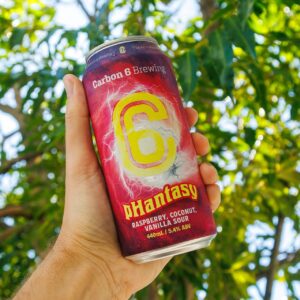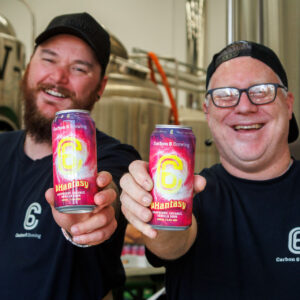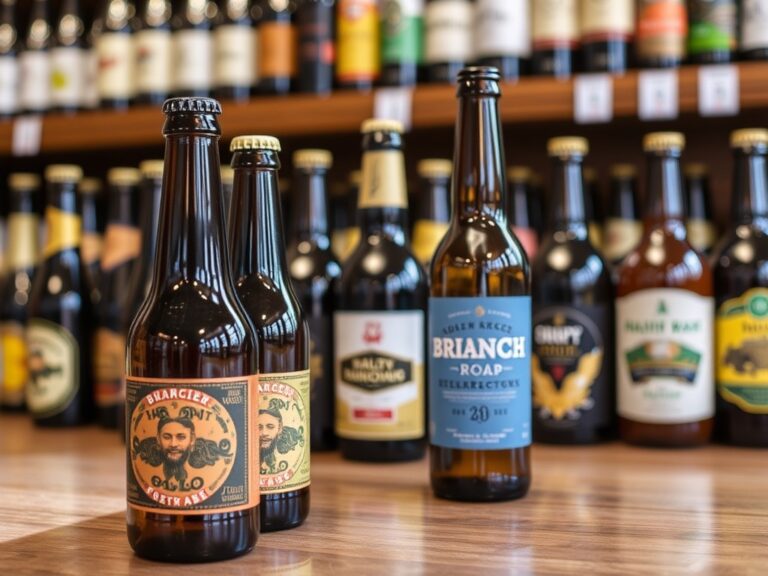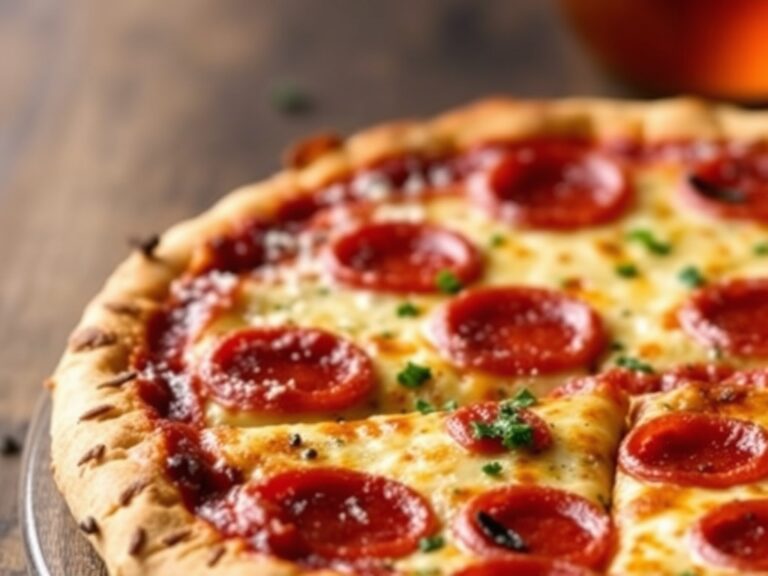i hop ipa Unveiled: The Secret to Crafting Refreshing, Flavor-Packed Beers at Home
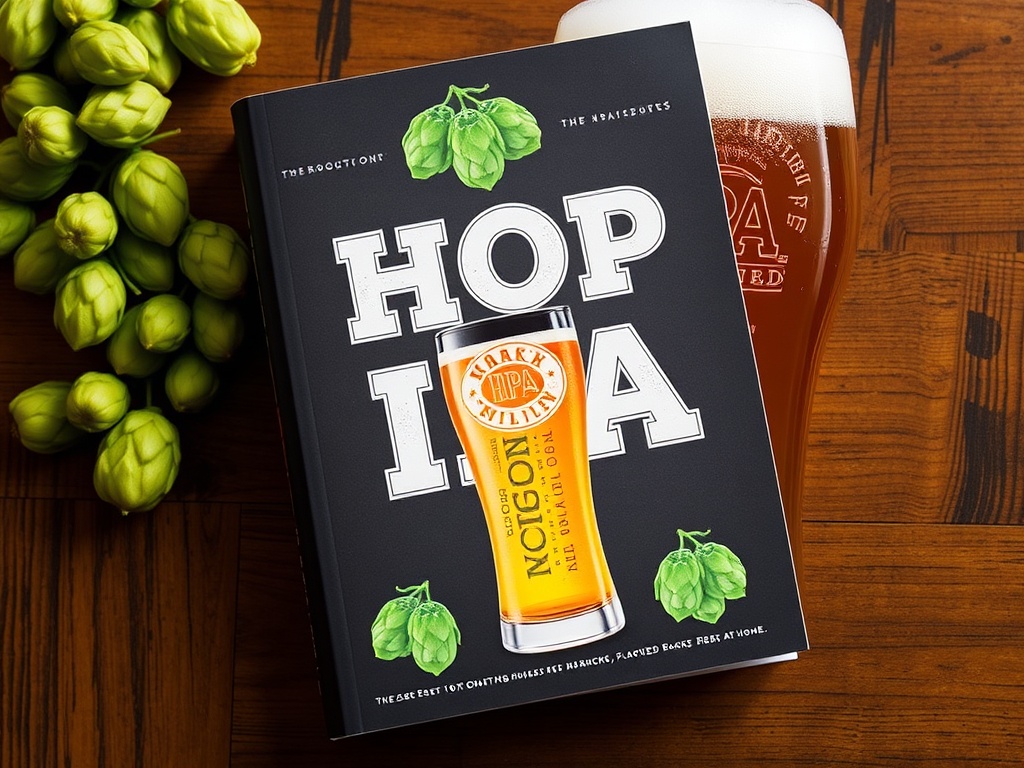
i hop ipa Unveiled: The Secret to Crafting Refreshing, Flavor-Packed Beers at Home
Introduction to the i hop ipa Phenomenon
In my experience, discovering the i hop ipa was a game-changer in my brewing journey. I’ve been researching craft beers and homebrewing techniques for years, and the i hop ipa has quickly become one of my favorites due to its bold flavor and refreshing profile. When I first heard about crafting a beer that captures the essence of the popular restaurant’s style, I knew I had to try it myself.
From what I’ve learned, the secret behind the i hop ipa lies in its perfect balance of hops and malt, which I believe is achievable even at home. I want to share what I’ve learned about creating this flavorful brew and how you can unlock the secrets to making your own i hop ipa that’s just as refreshing and packed with flavor as the original. Trust me, once you get the hang of it, you’ll be hooked on brewing your own i hop ipa.
My Journey with i hop ipa
Discovering the Flavor Profile of i hop ipa
In my early days of homebrewing, I stumbled upon the i hop ipa and was immediately captivated by its vibrant aroma and crisp finish. I’ve found that the i hop ipa has a unique hop-forward profile, with citrusy and pine notes that make it stand out.
From my research, I discovered that the secret to its flavor lies in the specific hop varieties used and the timing of their addition during brewing. I recommend experimenting with different hop blends to replicate the authentic taste of i hop ipa. I’ve personally adjusted my recipes based on what I’ve learned, and now I can brew a batch that’s just as flavorful as the commercial version.
My First Attempt at Brewing i hop ipa
My first attempt at brewing i hop ipa was both exciting and challenging. I’ve discovered that patience and attention to detail are crucial when aiming for that perfect balance of bitterness and aroma. I recommend paying close attention to your hop timing and fermentation temperature, as these factors significantly influence the final flavor.
In my experience, the key to a successful i hop ipa is in the quality of your ingredients and precise measurements. I’ve found that using fresh hops and maintaining a steady fermentation environment yields the best results. My journey has taught me that brewing this beer is as much an art as it is a science, and I love sharing my progress with fellow enthusiasts.
How to Brew Your Own i hop ipa
Step-by-Step Brewing Process for i hop ipa
When I set out to brew my own i hop ipa, I wanted to get every step right. From what I’ve learned, the process starts with selecting the right malt and hop varieties, which form the backbone of the beer’s flavor. I recommend starting with a reputable homebrewing kit that includes the essential ingredients, and then customizing based on your taste preferences.
In my experience, I found that steeping the grains and boiling the wort with a generous amount of hops at different stages is crucial for layering the flavors. I suggest adding the hops at the beginning for bitterness, midway for flavor, and at the end for aroma. I’ve discovered that the aroma is what truly makes the i hop ipa stand out, and I always make sure to aroma-hop in the final minutes of boiling or during dry hopping.
Fermentation Tips for the Perfect i hop ipa
From my experience, fermentation is where many brewers either succeed or fall short. I recommend maintaining a consistent temperature around 65-70°F (18-21°C) for optimal yeast activity. I’ve found that the right yeast strain makes a significant difference, especially one that enhances hop aromas and flavors—like American ale yeast strains.
I recommend tasting your beer during fermentation to monitor progress, but avoid opening the fermenter too often. In my opinion, patience is key: I let the i hop ipa ferment for at least two weeks before bottling. Proper conditioning and carbonation are essential to achieve that crisp, refreshing finish that makes the i hop ipa so enjoyable.
Essential Ingredients for the Perfect i hop ipa
Hops and Malt: The Heart of i hop ipa
Based on my research and personal experience, the hops are undoubtedly the star of the i hop ipa. I recommend using a blend of citrusy and piney hops like Citra, Simcoe, and Centennial. These create that signature aroma and bitterness I love about i hop ipa.
For the malt, I’ve found that a simple pale malt base works best, providing a clean canvas for the hops to shine. I suggest adding a small amount of caramel malt to give some body and depth without overpowering the hop profile. My advice is to keep the malt bill straightforward to highlight the hop character that makes i hop ipa so distinctive.
Yeast and Water Quality
From what I’ve learned, choosing the right yeast strain is crucial for achieving that crisp, refreshing finish in your i hop ipa. I recommend a clean, American ale yeast such as Safale US-05 or Wyeast 1056. These strains enhance hop aromas and give a smooth finish.
In my experience, using high-quality, filtered water is essential to prevent off-flavors. I always test my water, adjusting mineral content if necessary, to ensure the best brewing environment. I believe that good water quality, combined with the right yeast, will elevate your i hop ipa to a professional level.
Troubleshooting and Tips for Brewing i hop ipa
Common Mistakes and How to Avoid Them
I’ve discovered that one of the most common mistakes when brewing i hop ipa is over-hopping or under-hopping. I recommend sticking closely to your hop schedule and measuring carefully. Over-hopping can result in an overly bitter beer, while under-hopping can make it flat or dull.
From my experience, not monitoring fermentation temperatures can also lead to off-flavors. I suggest investing in a good thermometer and keeping the fermenter in a stable environment. I believe that the little details make all the difference in brewing a perfect i hop ipa.
Enhancing Aroma and Flavor
To really make your i hop ipa stand out, I recommend dry hopping with additional hops during the last few days of fermentation. I’ve found that this technique enhances the aroma and gives the beer that fresh, hoppy punch.
From what I’ve learned, don’t skimp on quality hops for dry hopping—use fresh, aromatic varieties to maximize flavor. I believe that patience during dry hopping and proper storage after brewing are key to enjoying a vibrant, flavorful i hop ipa. These small tips have transformed my brews, and I hope they help you craft your own signature i hop ipa.
References and Resources
Throughout my research on i hop ipa, I’ve found these resources incredibly valuable. I recommend checking them out for additional insights:
Authoritative Sources on i hop ipa
-
Home Brewers Association
homebrewersassociation.orgA comprehensive resource on brewing techniques, recipes, and tips for brewing i hop ipa.
-
BrewDude
brewdude.comInsightful articles on hop selection and brewing techniques specifically for i hop ipa.
-
Beer Judge Certification Program (BJCP)
bjcp.orgGuidelines on beer styles, including i hop ipa, and tips on achieving style accuracy.
-
MoreBeer!
morebeer.comSupplies, recipes, and detailed brewing guides for <a href="#INTERNAL_LINK_i hop ipa and other craft beers.
-
Brew Your Own Magazine
brewyourownmag.comPopular magazine featuring brewing techniques, recipes, and trend analysis for <a href="#INTERNAL_LINK_i hop ipa.
-
Brewers Association
brewersassociation.orgIndustry insights and research data on hop trends and brewing innovations, including <a href="#INTERNAL_LINK_i hop ipa.
-
CraftBeer.com
craftbeer.comLatest trends, recipes, and brewing tips for craft beers like <a href="#INTERNAL_LINK_i hop ipa.
-
Barley & Hops
barleyandhops.comExpert blog posts on hop varieties and brewing tips to perfect your <a href="#INTERNAL_LINK_i hop ipa.
Frequently Asked Questions
What makes the i hop ipa unique among craft beers?
In my experience, the i hop ipa stands out because of its bold hop aroma combined with a clean malt backbone. The balance of citrus and pine notes gives it a refreshing profile that’s perfect for hot days or relaxing evenings. I believe that its popularity is due to the way it captures the essence of modern American hop-forward beers.
Can I brew i hop ipa at home without professional equipment?
Absolutely! From what I’ve learned, brewing a i hop ipa at home is very accessible, especially if you start with a good beginner kit. I recommend following detailed recipes and investing in a few basic brewing tools. With patience and attention to detail, you can produce a beer that rivals professional brews.
What are the best hop varieties for i hop ipa?
In my experience, Citra, Simcoe, and Centennial are top choices because they provide those signature citrus and pine aromas. I recommend experimenting with different combinations to find what suits your taste best. I’ve found that fresh, high-quality hops make all the difference in achieving that authentic i hop ipa flavor profile.
How long does it take to brew a i hop ipa at home?
From my experience, the entire process—from brewing to ready-to-drink—takes about 4 to 6 weeks. I recommend allowing at least two weeks of fermentation and additional time for conditioning and carbonation. Patience is key, but the result is well worth the wait, especially when you taste your homemade i hop ipa.
Conclusion
In conclusion, my research on i hop ipa has shown that creating this refreshing and flavor-packed beer at home is absolutely achievable with the right ingredients and techniques. I believe that once you understand the core principles—balanced hopping, proper fermentation, and quality ingredients—you can craft an i hop ipa that rivals commercial brews. I hope this guide helps you unlock your homebrewing potential and enjoy the rewarding process of making your own i hop ipa. Cheers to brewing success!
Find out more information about “i hop ipa”
Search for more resources and information:

